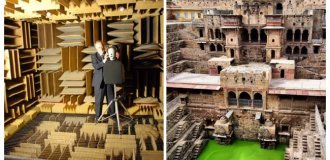Yap island stone money and an unusual way to pay with it (9 photos)
Want to see some really big money? Some of them you won't be able to move anywhere. On the Yap island archipelago, that in the Pacific Ocean, here and there are huge stone disks with hole in the middle. These are rai stones - the local currency. 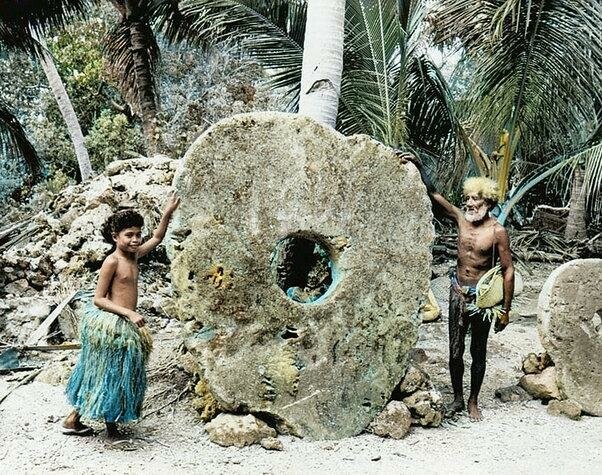
The size of such a wheel can reach 3.5 meters, and the weight - several tons. Of course, you won't be able to carry this money with you. Yes this, by the way, is not necessary here.
Who and when came up with the idea to use such hard currency on the island is not known for certain.
According to island legend, from half a thousand years ago, one of local navigators equipped an expedition in search of, let's say, raw materials, suitable for making money. In Yap itself suitable for there were no such metals or strong rocks. 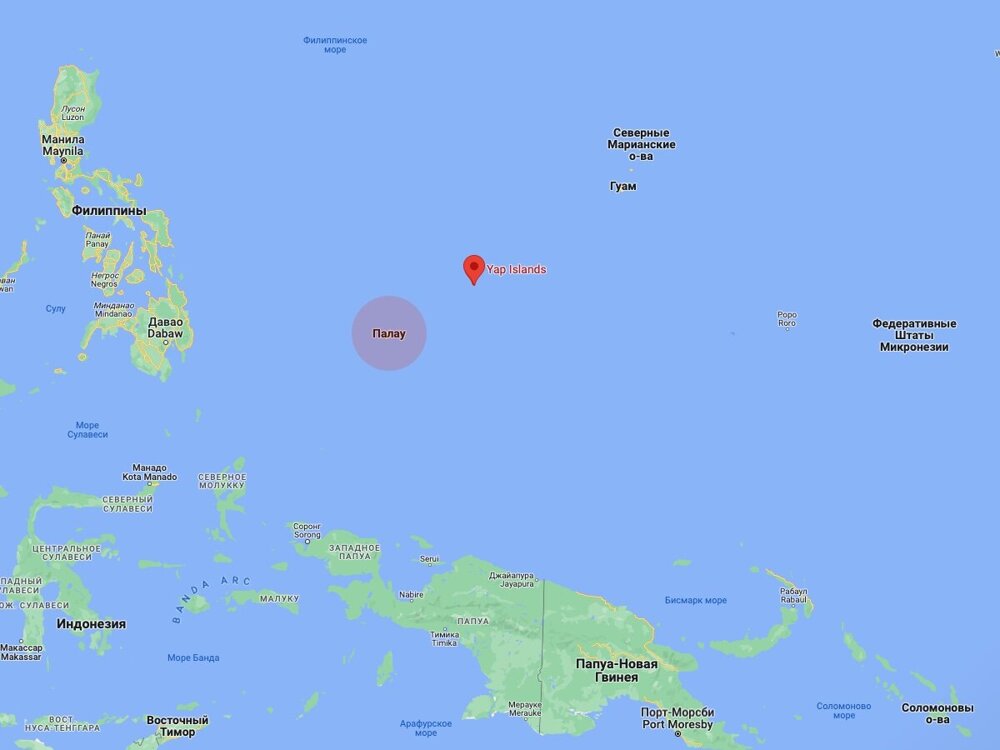
Yap Island and Palau Island, where money was brought from
The necessary material - it turned out to be limestone - was found on Palau Island, about 450 km southwest of Yap. From Palau subsequently, the main deliveries of stone "money" were carried out.
The people of Yap agreed with the people of Palau to mine here limestone in exchange for other goods such as coconuts and copra.
Again, according to legend, the first limestone products were carved in the shape of fish - and were used not as money, but in as gifts. Perhaps this is where their name came from - "rai" in Japanese. could mean "whale". 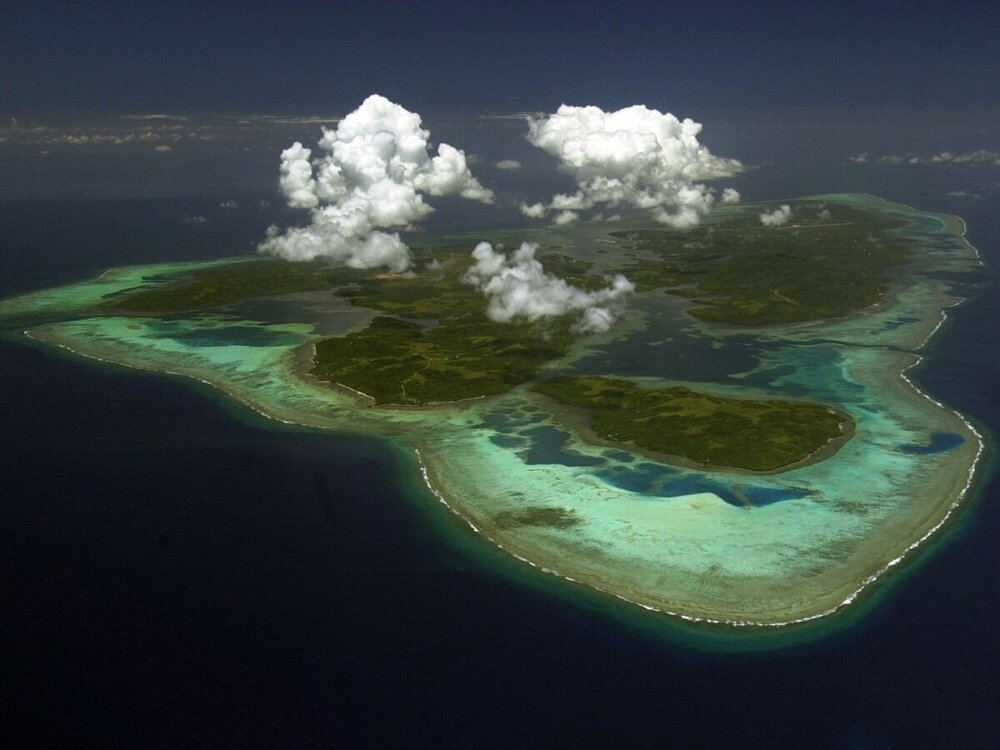
Yap Island
Then there were experiments with the form, during which the limestone turned this way and that, giving it a shape, for example, turtles or crescent. As a result, they finally settled on the shape of the full moon - with hole in the middle.
These holes, by the way, have a very practical purpose - this made it easier to transport discs using wooden poles.
Stone money was mined and processed in quarries on Palau - they say that a freshly cut stone had a spectacular bright white or orange color. From Palau to Yap, the discs were delivered by water using rafts and canoes. 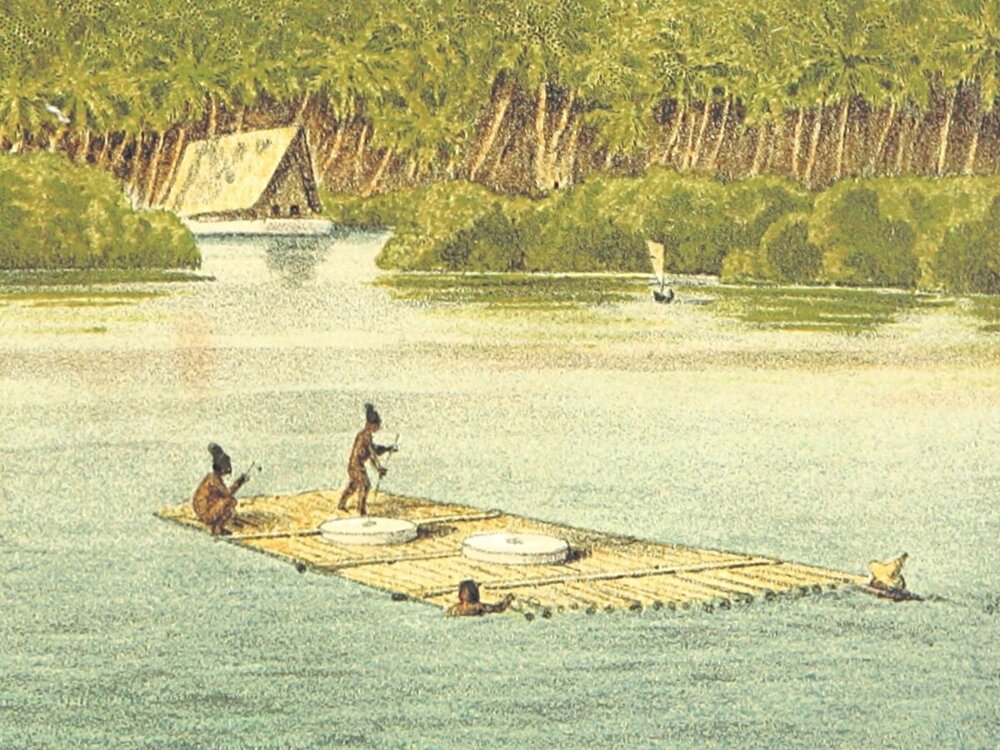
Delivering rai from Palau to Yap
The method was not easy and unsafe - especially considering that some of the "money" was rather big. Raft with stone could be carried away by the current, often huge "coins" sank in the ocean.
However, the experienced adventures only added to this money. cost. After all, rai influenced the value of the stone not only and not so much size and quality, how much is its history.
If, say, the owner of the stone "money" used to be famous person or its extraction and transportation was accompanied difficulties and dangers - this made the coin even more expensive. 
In fact, rai is quite a good wheel
As for the sizes, they varied quite a lot - the smallest discs were 7-8 cm in diameter (they say there were also 3.5 cm), and the largest - about 3.6 meters. Thickness of some discs could reach half a meter, and weight - 4 tons. Of the benefits - such money you can't just steal it. Of the minuses - you can’t drag it with you either.
However, the inhabitants of Yap do not consider this minus a minus. The thing is the fact that when making a deal, this stone money physically remains in the same place as before - they just change the owner.
The islanders are notified about this and they know which disk to whom belongs. Some owners may store their wealth directly in front of the house. 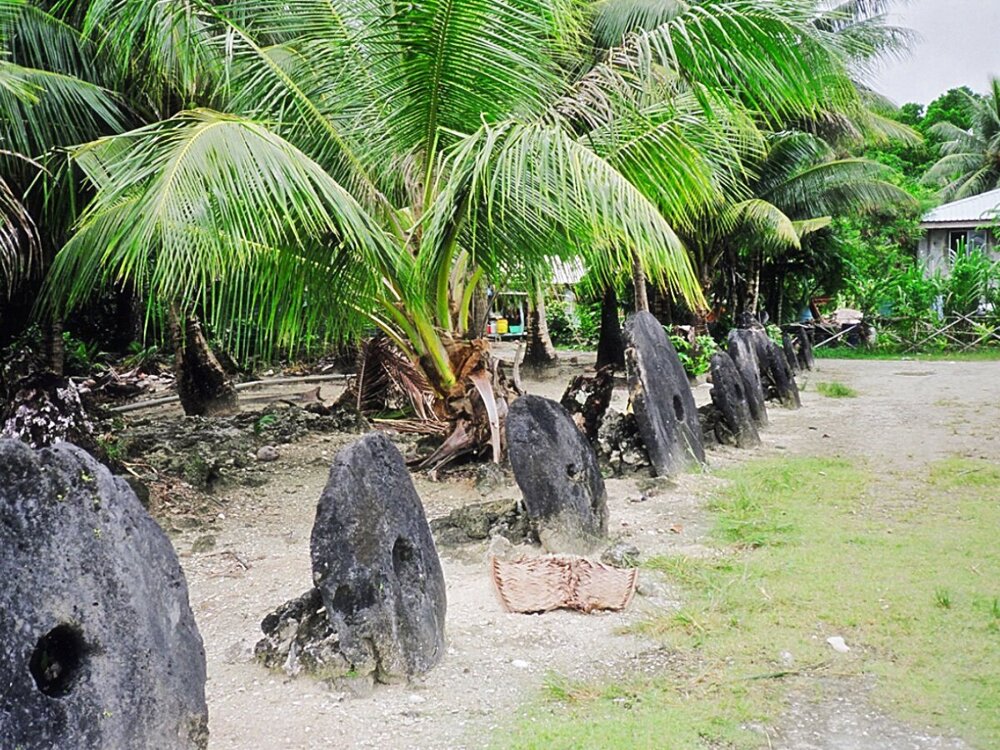
Collective storage of rai
But most of the coins of the village are usually "surrendered" to collective storage and exhibited in any public place - on square or along the road (tourist sites call such places stone money bank).
Another nuance - transactions are possible even with seemingly lost "money".
They say that one day, while being transported by sea, one the stone disc sank during a storm - people who reached the shore described this disc, its size and quality, and the story of the storm added valuables to him - and transactions with him continued for a long time, despite the fact that that the stone itself lay at the bottom of the sea. 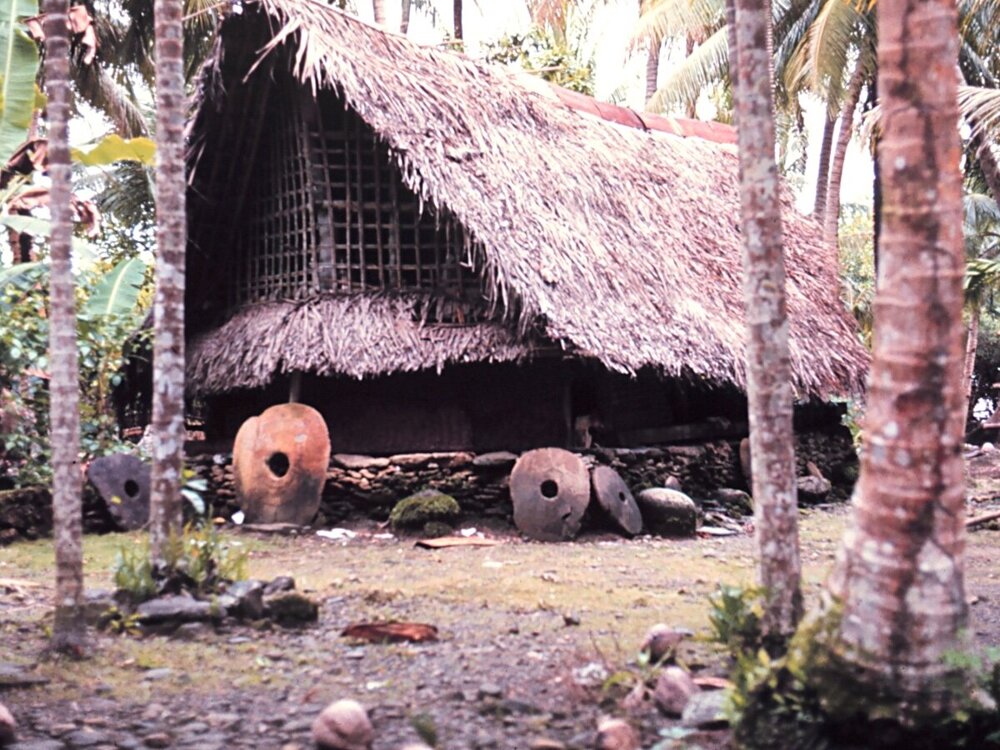
You can store money next to the house - a rich fence will turn out,By the way
However, one danger can be avoided even by such a hard currency. still failed - inflation came from where they did not expect. In the 19th century, islanders established closer contacts with Europeans.
They provided local residents with iron tools for mining and processing of stones, and also helped to organize the transportation of stone money on their ships. All this allowed us to make and carry more money. large sizes - and thus they depreciated.
Stones without an interesting history, mined and delivered without much risk, were far less valuable than their older counterparts.
At the beginning of the 20th century, rai stones almost fell into disuse. 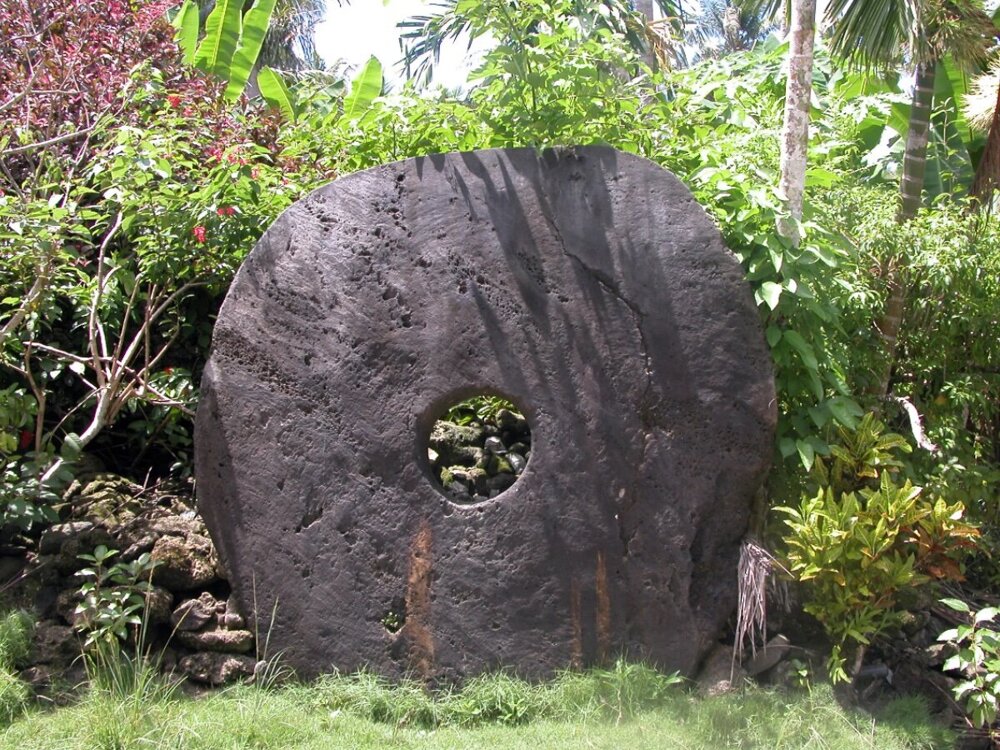
A typical large rai coin
It is believed that one of the last stone "coins" was mined in Palau in 1931 and delivered to Yap in 1932. Today The official currency of Yap is the US dollar.
However, stone money is still in use there - they are used, for example, in various social rituals such as marriage, inheritance, compensation or union.
Rai stone coins appear on the coat of arms and flag of the State of Yap (one of the four Federated States of Micronesia), as well as flaunt on local car numbers. 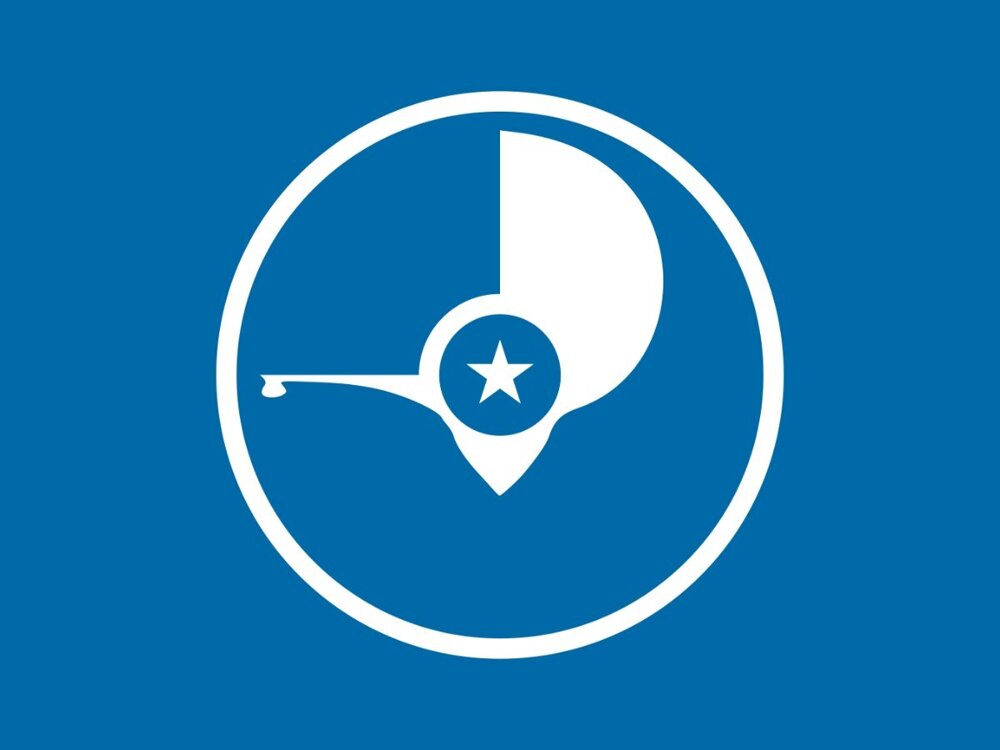
Flag of Yap Island with stylized rai








